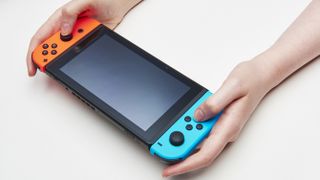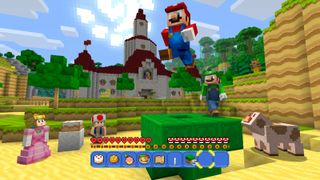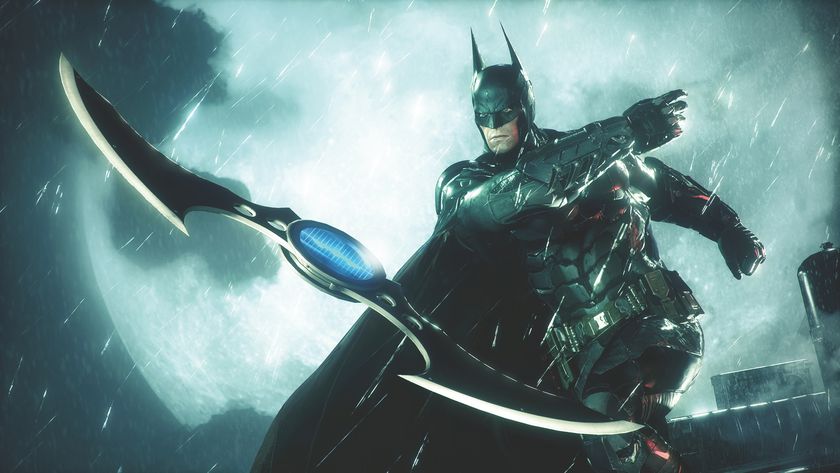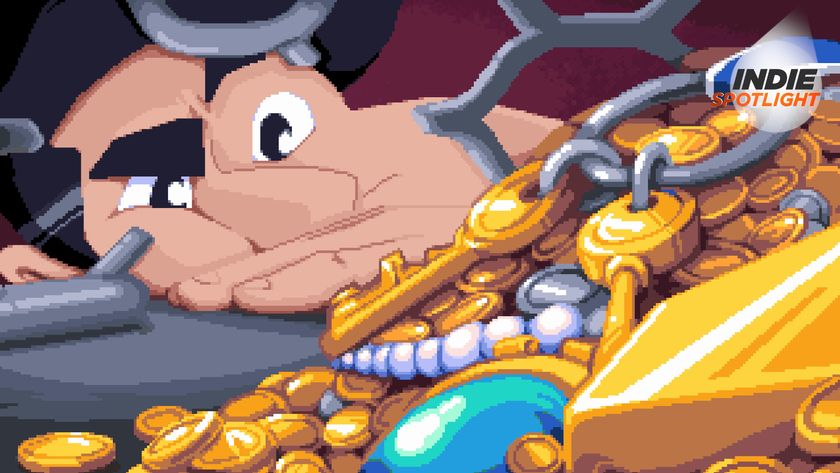How Nintendo defeated the mobile gaming stigma and revived its future
Nintendo reborn.

One year on, and everyone who spoke ill of the Nintendo Switch has been largely proven wrong. The little tablet that could has been pumping out beautiful, lush, and deep gaming experiences every single month, both from AAA publishers and indie developers alike. Thanks to Nintendo’s generous access to its eShop for developers of all sizes, there are now hundreds of quality games across all price points and genres. The genius move for Nintendo was to move away from making systems that used obsolete PowerPC chips, and instead work with nVidia to build a modified version of its excellent Tegra X1 System On A Chip – a mobile processor that is architecturally identical to those in smartphones and tablets.
The Tegra is a graphically-focused version of the ARM processors used in other mobile devices, such as Apple’s A chips and Qualcomm’s Snapdragons, both of which contain powerful GPUs, but also focus more on a balance across a wider range of applications. It’s this focus, and power saving tricks, that allows the Tegra to power graphically intense games in 720p over four hours of play, something that only a few years earlier required an AC powered base to stream said content to a bulky, inefficient buddy screen. What’s more is that the X1 is only the first generation of high performance integrated processors – nVidia is planning multiple upgrades over the next few years, targeting both future handheld gaming devices as well as gaming-focused tablets and smartphones.
Currently, both Apple’s A11 and Qualcomm’s Snapdragon 845 are the two most powerful SoCs for mobile devices on the market. While they are not graphically focused, they do contain dozens of sub systems that provide dedicated focus for functions like AI, machine learning, advanced graphical processing, high-speed LTE, high definition audio and so on. Part of these many components are GPUs – both have clocked higher graphical performance than the Switch’s Tegra X1 – pushing them easily into the realm of being able to support HD gaming with higher texture prevalence and wider game worlds.
There is little to stop any modern flagship smartphone becoming a Nintendo Switch competitor
It’s this sort of power and versatility, rapidly increasing over the past few years as billions are poured into mobile architecture, that has allowed developers to more easily port games once only able to be played on full sizes consoles and PCs, to phones and tablets. Indie darlings like Minecraft, Bastion, Transistor and Terraria now find themselves in your pocket More intense “hardcore” graphical multiplayer games, such as World of Tanks, World of Warships, Fortnite and PUBG have found themselves on mobile devices – featuring the same features, game modes and cross-platform play as their console and PC cousins. Hell, even fully 3D versions of fighting stalwarts Tekken, Street Fighter 4 and Mortal Kombat have recently made the jump, as newer devices bump up both RAM and GPU chops.

As more and more AAA developers start taking mobile gaming seriously, and as more engines begin to natively support mobile platforms, porting titles has become significantly cheaper – especially when a lot of processing that was once done locally can now be pushed to the cloud. This generally takes a significant amount of pressure off the CPU, conserving precious battery, and allowing developers to experiment with larger and more varied game worlds. In most cases, what actually makes the Switch so popular is that it comes with built-in controls – a lack of standards or first party add-ons has stymied the market for 3rd party add0ons for existing phones and tablets, leaving awful on-screen controls as the default interaction method.
Effectively, there is little to stop any modern flagship smartphone becoming a Nintendo Switch competitor. Nintendo has cleverly leveraged its eShop to compete directly with places like Steam, PSN or the Xbox Store – rather than the cheaper App Stores – as it presents a more premium option to customers. But effectively – outside of good marketing and solid hardware design – there is little reason for this. As each year finds improved mobile GPU performance, and with it a wider, more advanced range of mobile games – customers will start wondering why they need to carry around two mobile devices. Nintendo has just figured out that by making its own custom tablet (which runs on Linux, mind you); they could slurp up all that market share while its competitors focus on being the jack of all trades.
It helps, also, that they have had decades to refine that mobile experience – understanding what sort of controls work and what don’t, how touchscreens should and shouldn’t be part of the experience, and how certain games work in various scenarios. Couple this with simple TV and Standalone play options (something, again, that is easily reciprocal on standard mobile devices) – they did what the others just hadn’t bothered to try with their existing models. The difference is software, as Nintendo builds and markets its own and others, it can curate and refine what ends up on the devices, making sure they suit and work correctly. It can also, importantly, set the pricing.
Sign up to the 12DOVE Newsletter
Weekly digests, tales from the communities you love, and more
The success of the Switch will inevitably push other handset makers to market devices down this path. Sony has dabbled with the idea – Playstation Mobile was a short-lived effort to encourage software that would work across Vita and Android – but failed to leverage this in any meaningful way, by effectively abandoning the Vita entirely and failing to improve the Android options for controlling titles. In most cases the solution was to snap the phone or tablet onto an awkward controller dock of sorts – this is still the most popular option – but its size, bulkiness and need to have additional power sources for third-party controllers has largely failed to catch on in a mainstream way.
In the end, it’s still going to require some clever industrial design and software motivation on the side of Apple and Google to compete in any sort of manner with Nintendo. This is needed as a wider marketplace for mobile gaming is in everyone’s best interest – it means cheaper games, better games, and a wider market with more experimentation and access, particularly for those in poorer countries who could never afford a Nintendo product or software. It also means that there is less of a need for enormous consoles that gather dust under TVs and monopolize their access. The future of gaming is everywhere – so let’s get on with embracing it.
Most Popular








